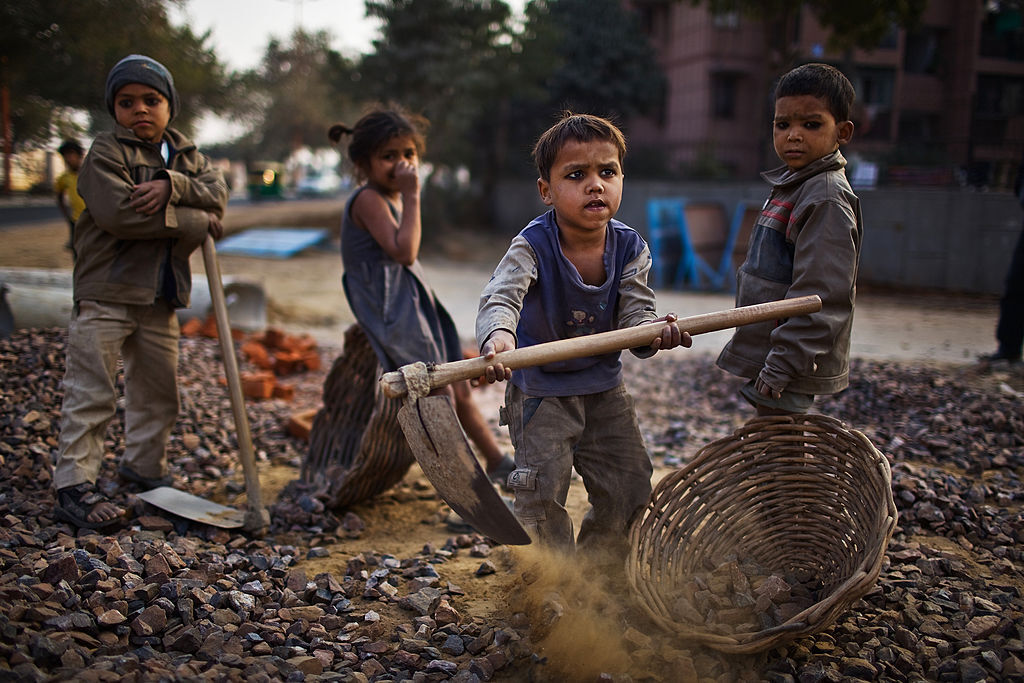U.S. and Kenyan Forces Collaborate to Promote Hygiene and Youth Empowerment in Hindi, Kenya
Overview of the Initiative
In June 2025, U.S. service members from Camp Simba partnered with the Kenya Defense Forces to deliver hygiene education and supplies to over 1,000 students in the villages of Hindi and Mokowe, Kenya. This joint effort was led by the 475th Expeditionary Air Base Squadron (EABS) and the U.S. Army Civil Affairs Team Kenya, part of the Southern European Task Force, Africa (SETAF-AF).
Focus on Sustainable Development Goals (SDGs)
The mission strongly aligned with several United Nations Sustainable Development Goals, including:
- SDG 3: Good Health and Well-being – By providing hygiene education and supplies, the initiative aimed to improve health outcomes among youth.
- SDG 4: Quality Education – The program emphasized the importance of education and sought to reduce barriers to school attendance, especially for girls.
- SDG 5: Gender Equality – Special focus was placed on feminine hygiene and empowering young girls to build self-confidence and resilience.
- SDG 16: Peace, Justice and Strong Institutions – The mission contributed to regional stability by engaging youth and reducing the risk of violent extremist recruitment.
Program Implementation
- Interactive Classroom Sessions: Conducted to educate students on hygiene practices and youth empowerment.
- Distribution of Hygiene Supplies: Including sanitary pads, to support consistent school attendance.
- Community Engagement: Emphasized building trust through personal interaction with students, local leaders, and the Kenya Navy.
Key Contributions and Outcomes
- Leadership and Logistics: The Kenya Navy provided crucial logistical support and helped foster community trust.
- Empowerment of Girls: Sessions led by U.S. Air Force Staff Sgt. Madeline Jessie Hendricksen focused on feminine hygiene and self-worth.
- Emotional Impact: Public health technician Master Sgt. Jennifer N. Faria-Jones highlighted the delivery of a message of strength and hope to young women.
- Strategic Importance: The mission strengthened U.S.-Kenya relations and reinforced education as a tool for long-term regional stability.
Statements from Leadership and Participants
- Capt. Justin DiCarlo, Civil Affairs Team Kenya Leader: Emphasized the mission’s role in reducing extremist recruitment and promoting education and resilience.
- Staff Sgt. Madeline Jessie Hendricksen: Highlighted the importance of educating students on hygiene and demonstrating U.S.-Kenyan partnership.
- Master Sgt. Jennifer N. Faria-Jones: Described the outreach as a deeply fulfilling opportunity that went beyond material support.
Community and Educational Impact
Faculty and students expressed gratitude for the joint U.S.-Kenyan effort, recognizing the significance of education and international cooperation in fostering sustainable development and community well-being.
Future Outlook
SETAF-AF and partner forces plan to continue building on the relationships and trust established during this mission to further support the Sustainable Development Goals and promote stability in the region.
1. Sustainable Development Goals (SDGs) Addressed in the Article
- SDG 3: Good Health and Well-being
- The article discusses hygiene education and the provision of hygiene supplies, which directly relate to improving health and well-being.
- SDG 4: Quality Education
- The initiative aims to strengthen educational infrastructure and reduce absenteeism, especially among girls, by addressing hygiene-related barriers to school attendance.
- Youth empowerment and educational sessions are emphasized.
- SDG 5: Gender Equality
- Focus on feminine hygiene education and empowering girls to value their self-worth.
- Addressing barriers that prevent girls from attending school regularly.
- SDG 16: Peace, Justice, and Strong Institutions
- The mission aims to reduce the risk of violent extremist recruitment among out-of-school youth, contributing to regional stability and peace.
- Building partnerships and trust between U.S. and Kenyan forces and local communities.
2. Specific Targets Under the Identified SDGs
- SDG 3: Good Health and Well-being
- Target 3.3: By 2030, end the epidemics of communicable diseases and promote mental health and well-being.
- Target 3.8: Achieve universal health coverage, including access to quality essential health-care services and access to safe, effective, quality, and affordable essential medicines and vaccines.
- SDG 4: Quality Education
- Target 4.1: Ensure that all girls and boys complete free, equitable and quality primary and secondary education.
- Target 4.5: Eliminate gender disparities in education and ensure equal access to all levels of education and vocational training for vulnerable populations.
- SDG 5: Gender Equality
- Target 5.6: Ensure universal access to sexual and reproductive health and reproductive rights.
- Target 5.5: Ensure women’s full and effective participation and equal opportunities for leadership at all levels of decision-making.
- SDG 16: Peace, Justice, and Strong Institutions
- Target 16.1: Significantly reduce all forms of violence and related death rates everywhere.
- Target 16.7: Ensure responsive, inclusive, participatory and representative decision-making at all levels.
3. Indicators Mentioned or Implied in the Article
- Indicators related to SDG 3
- Proportion of population using safely managed sanitation services (implied through hygiene education and supplies).
- Incidence rate of communicable diseases among school-aged children (implied through hygiene improvement).
- Indicators related to SDG 4
- Gross enrollment ratio in primary and secondary education (implied through efforts to reduce absenteeism).
- Percentage of girls attending school regularly (implied through focus on feminine hygiene and empowerment).
- Indicators related to SDG 5
- Proportion of women and girls who have access to menstrual hygiene management (implied through distribution of sanitary pads and education).
- Gender parity index in education (implied through focus on girls’ education and empowerment).
- Indicators related to SDG 16
- Number of violent incidents or recruitment rates of youth into violent extremist groups (implied through risk reduction efforts).
- Levels of community trust and participation in peacebuilding activities (implied through community engagement and partnership building).
4. Table of SDGs, Targets, and Indicators
| SDGs | Targets | Indicators |
|---|---|---|
| SDG 3: Good Health and Well-being |
|
|
| SDG 4: Quality Education |
|
|
| SDG 5: Gender Equality |
|
|
| SDG 16: Peace, Justice, and Strong Institutions |
|
|
Source: dvidshub.net







